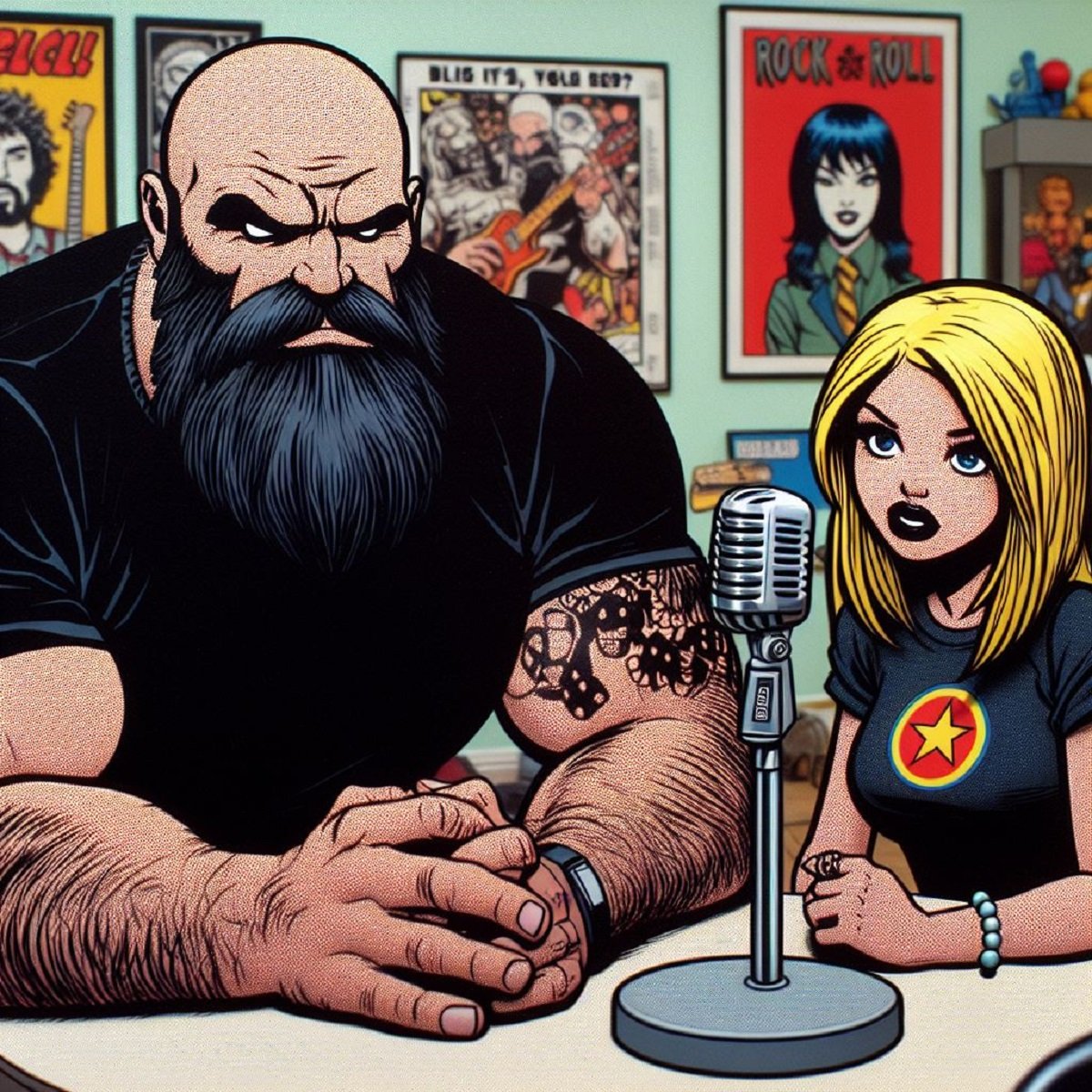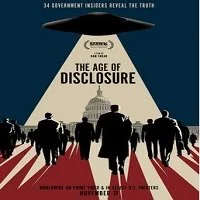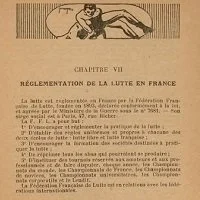Film Reviews: Samurai Wolf, Samurai Wolf II: Hell Cut, and Violent Streets (Hideo Gosha X 3 at Metrograph)
By: Joseph Perry (Twitter - Uphill Both Ways Podcast)
Prolific Japanese director Hideo Gosha specialized in lean, mean, action-packed chambara (samurai) films and later turned to yakuza crime movies. New York City’s Metrograph Theater presents three classics from his oeuvre with its Hideo Gosha X 3 program, which begins December 16 until January 1, with select encore screenings to follow. All three films have been restored in 2k from original broadcast elements, and look terrifically sharp with great sound quality.
Samurai Wolf (Kiba Ôkaminosuke, 1966)
Kiba Ôkaminosuke (Isao Natsuyagi) is a penniless, nomadic ronin who gets by on his charm, wits, honesty, and work ethic. Samurai Wolf is the first of two films starring this scruff, highly likable character, and it is a fast-paced thrill ride peppered with well-placed humor. In this initial installment, Ôkaminosuke wanders into a village held together by a blind widow named Ochise who runs a shipping company being threatened with a very hostile takeover by no-goodnik rivals. A killer-for-hire swordsman named Akizuki Sania (Ryôhei Uchida) is just one of the many shady characters who our hero encounters as he tries to help Ochise by making sure a delivery of 30,000 gold pieces reaches its intended delivery point. Plenty of the red stuff flows — albeit in black-and-white — with colorful characters finding time for double-crosses, torture by candle flame, sins of the flesh, and much more. Director Gosha pulls out nearly all of the cinematic stops at his disposal, including some highly imaginative framing showing characters’ reflections on the blades of a sword. Samurai Wolf is highly entertaining and an absolute blast.
Samurai Wolf II: Hell Cut (Kiba Ôkaminosuke: jigoku giri, 1967)
Darker than the first Ôkaminosuke entry, Samurai Wolf II: Hell Cut finds the titular character coming across a group of prisoners being taken by officials to their execution. One of the criminals, Magobei (Ko Nishimura), killed a guard at a gold mine, where corruption involving illicit mining by employees took place. Because Magobie looks like Ôkaminosuke’s father, our hero slips him a pair of scissors so that he can escape. Duplicity and questionable alliances are the name of the game, with a sizable cast of supporting characters driving the mechanics of the tale. Another intriguing effort by Gosha with fine cinematography and framing along with solid action set pieces, the focus is less on Ôkaminosuke here than in the first film, but it’s still an engaging watch.
Violent Streets (Bôryoku gai, 1974)
In Violent Streets (AKA Violent City), retired yakuza Egawa (former real-life yakuza member Noboru Andô in a fine understated performance) runs a flamenco club in Tokyo’s Ginza district. It was a retirement gift from his former Togiku clan, whose leaders now want it back, and Egawa has no interest in leaving the business. A group of criminals kidnap popular entertainer Minami (Minami Nakatsugawa) before the taping of her weekly television show, setting off what will become a war between two yakuza clans battling for dominance. Among the action set pieces involving blades, guns, and other tools of violence — including a restaurant receipt spike — is an outstanding fight scene involving four people in a chicken coop that is all the more realistic for its messy scrapping as opposed to highly choreographed fighting. Filled with interesting characters — including Egawa’s former running mate and now clan underboss Yazaki (Akari Kobayashi); Egawa’s laid-back, soda-swilling gun dealer buddy Tatsu (Bunta Sugawara); and a blade-wielding trans woman assassin (Madam Joy), to name but a few — Violent Streets boasts engrossing performances, taut direction, double-crosses galore, eye-popping visuals, and plenty of offbeat moments.
Samurai Wolf, Samurai Wolf II: Hell Cut, and Violent Streets screen as part of the Hideo Gosha X 3 program at New York City’s Metrograph Theater beginning December 16, 2022 until January 1, 2023, with select encore screenings to follow. For more information, visit https://metrograph.com/category/hideo-gosha/?mc_cid=fa7c89b289&mc_eid=UNIQID.
Joseph Perry is one of the hosts of When It Was Cool’s exclusive Uphill Both Ways podcast (whenitwascool.com/up-hill-both-ways-podcast/). He also writes for the film websites Gruesome Magazine (gruesomemagazine.com), The Scariest Things (scariesthings.com), Horror Fuel (horrorfuel.com), B&S About Movies (bandsaboutmovies.com), and Diabolique Magazine (diaboliquemagazine.com), and film magazines Phantom of the Movies’ VideoScope (videoscopemag.com) and Drive-In Asylum (etsy.com/shop/GroovyDoom).
If you found this article interesting consider becoming a Patreon supporter. That is how When It Was Cool keeps our website and podcasts online, plus you get lots of bonus content including extra and extended podcasts, articles, digital comics, ebooks, and much more. Check out our Patreon Page to see what's up!
If you don't want to use Patreon but still want to support When It Was Cool then how about a one time $5 PayPal donation? Thank you!























